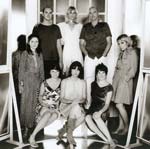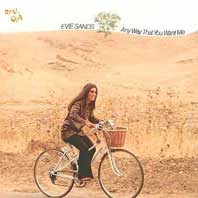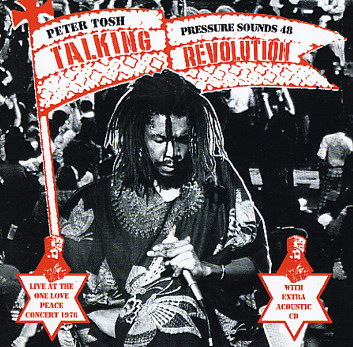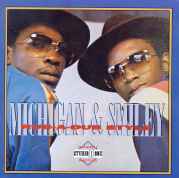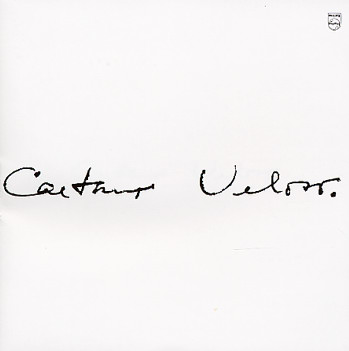| |

$15.99 CD


|
|
CLUSTER & ENO
Cluster & Eno
(Water)
 |
"Die Bunge" |
 |
"Schöne Hände" |
Even before this 1977 collaboration took place, it was no secret
that Brian Eno was a Cluster fan. You can hear the influence of
the German duo in his 1975 ethereal masterpiece, Another Green
World--a record in which he pretty much abandoned pop music's
standard song structure, exploring a more free, minimalist approach.
Eno expounds upon his admiration, explaining in this reissue's
liner notes, "Cluster always started out like people would
jam today against a sequencer, though we weren't using sequencers
then; somebody would become a sort of human sequencer. With Cluster
we could stay in the same place and really get into the details
of a piece, start to feel it as a landscape...you start to get
this unity between a muscular rhythm and a perceptual thing that's
going on, so the playing becomes a state you're in."
Eno first met Hans-Joachim Roedelius and Dieter Moebius in 1974,
when he had come to see them perform in concert as Harmonia, the
super-group that paired the two Cluster members with Neu!'s Michael
Rother. The musicians hit it off and a few years later Eno trekked
over the English Channel to Conny Plank's countryside studio outside
of Cologne to record the first of many album collaborations with
Roedelius and Moebius. The resulting record is stunning and fans
of both artists will be able to pick out their respective sound
signatures--be it Eno's warm ambient cues or Cluster's unique
electronics, which is probably the most prevalent element throughout.
But dig in and you'll find a lot of personality to each of the
nine tracks, and unlike placid "new age" music, a wide
range of emotions emanate from these hypnotic instrumentals.
The record opens with "Ho Renomo," a beautifully restrained
piece which evokes a feeling of pensive curiosity as a distant
piano passage floats above spacey keyboard pulses and a repetitive
bassline played by Can's Holger Czukay. The next track, "Schöne
Hände," is much more reflective, emphasized by a breathy
synthesizer that shivers amidst mysterious, cosmic tones. In contrast,
"Die Bunge" shows off Cluster's playful side, as the
musicians put a silly, futurist twist on a cowboy theme, while
"One" explores meditative Indian music with echoed string
scrapes and droning sitars credited to Okko Becker and Asmus Tietchens.
A year later, Cluster and Eno would meet again to create the
seminal After the Heat--also originally released on the
Sky imprint. They would continue to work together well into the
'80s, resulting in LPs like the Eno/Moebius/Roedelius/Plank albums
Begegnungen and Begegnungen II, and a 1976 Harmonia
release with Michael Rother entitled Tracks and Traces,
which wouldn't see proper release until some 20 years later. But
this is ground zero for Cluster and Eno's fruitful collaborations
and it is, indeed, a beautiful beginning. [GH]
|
|






